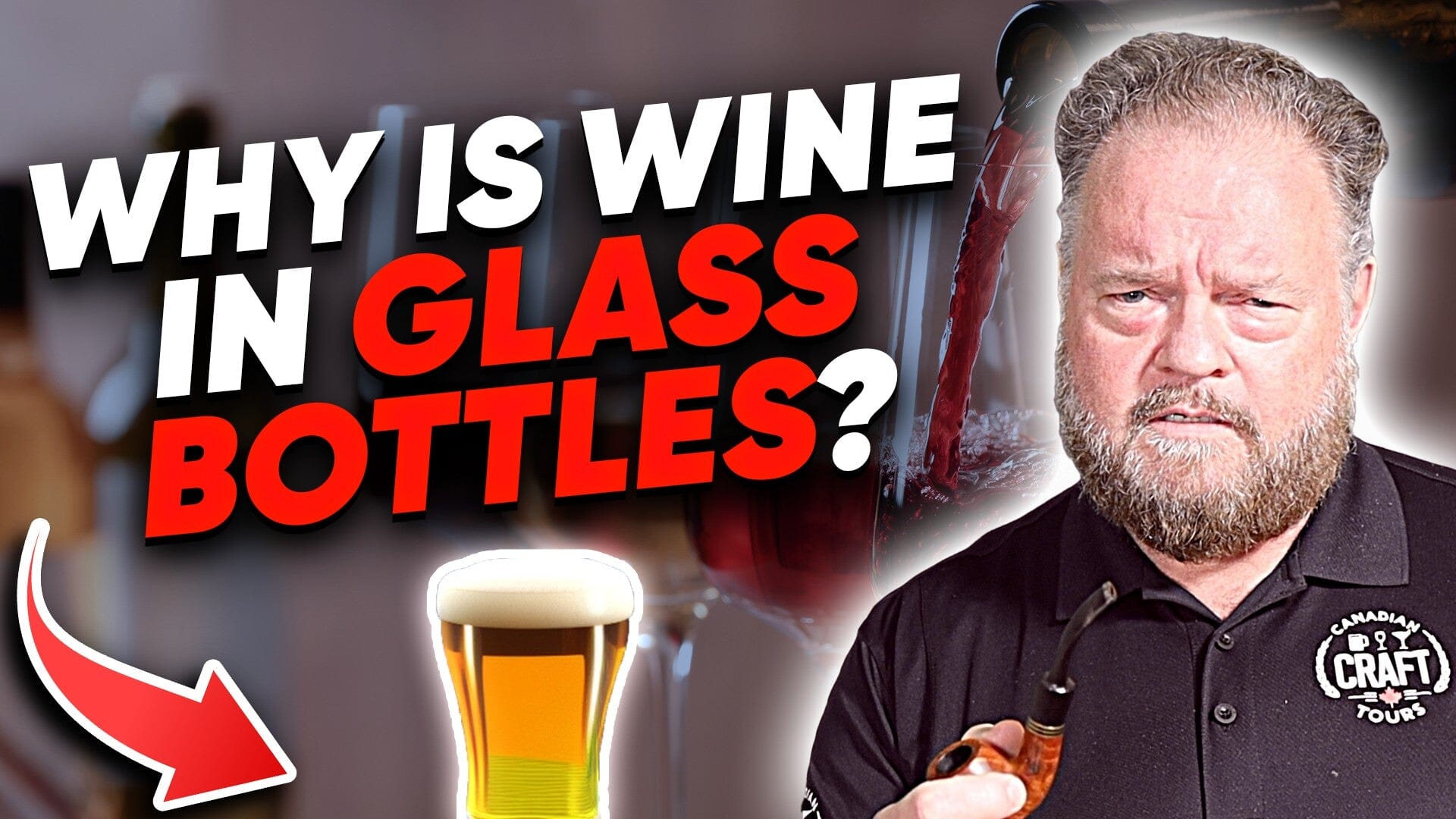
Probably many of you never noticed it, but the most accurate observers might have seen that the standard size for a wine bottle is 750 ml, or 25.6 Imperial ounces. But why that specific size?
Now first, why are we so solidly locked into the size? It's because in 1975 European regulators declared that wine bottled for sale in Europe would have to be standardized at 750 ml, and the whole world just fell in step. No producer challenged the size because it would cost far too much money to change over and fight the ruling.
Note that we’re pretty locked into that size as well. In 1975 European Legislation on packaging declared that the wine can be sold only if packed in specific volumes. Because it’s a convenient amount, the 750 ml size became the standard for customers–and for wine producers.
Wine has only been packaged and stored in bottles since the 18th century. There were some wine bottles before that, even going back to Roman times, but these were expensive and fancy and usually used only for serving and showing off.
When hot furnaces and refined materials and techniques became available, glass blowers settled on a specific size that was easy to handle–molten glass is gloopy and can be heavy. The amount you can hold on a blowpipe and puff out with a decent breath makes a bottle between 500 ml and 750 ml in size. While they did fiddle with 500 ml bottles for a while 750 ml was just about right.

The size also allows for six servings per bottle, about 125 mil per serving, and that's kind of a standard tavern measure. It's also one fifth of a. And you'll sometimes hear of whiskey as being referred to as a fifth of scotch or something like that. It's an older term, but it's kind of amusing.
That size allows you to serve six glasses per bottle, a standard tavern measurement. But crucially, it’s also the metric adaptation of the traditional ‘fifth’, or one-fifth of a gallon. You sometimes still hear of spirits being referred to as ‘a fifth of scotch’
Throw in some more convenient kitchen math and a dozen bottles to a case (which allows for a 3x4 configuration that makes for convenient stacking and warehousing) makes up 2 gallons, or 9 litres per case of wine.
There are some interesting practical effects of this size. Until the role of oxidative ageing in wine was understood on a chemical level, it was noted that some wines with a bit of sulfur-y aroma would improve over time in the bottle. This is because the ingress of oxygen around the cork into the bottle was bonding to thiols and sulfide compounds in the wine, making it more pleasant, giving us ‘aged’ wine.
Given that the cork and the opening it’s pegged into are the same size from bottle to bottle the mass of the wine will then determine the rate of ageing: a three litre bottle will ‘age’ more slowly than a 750, and all other things being equal will keep longer.
That might not be a big deal to us modern folks in North America, since we tend to buy wine when it’s ready to drink and only age it for about 20 minutes on the drive home. But old-school Europeans, and in particular the French have traditionally thought of wine as something you bought for your children, and you drank wine your parents bought for you. In that case, knowing how fast or slow a wine aged would be a crucial factor in your purchase decision.

Tim Vandergrift
Author